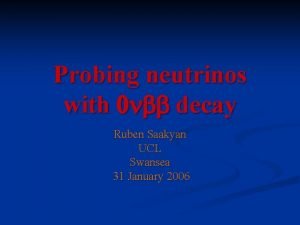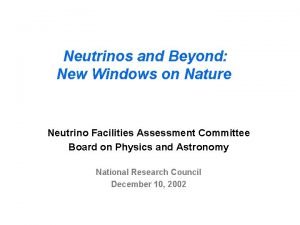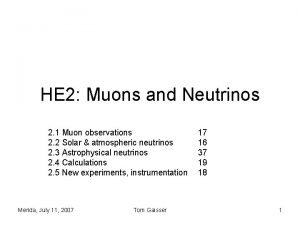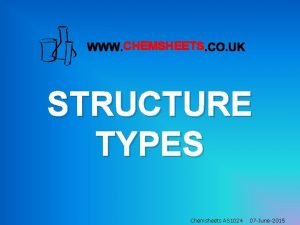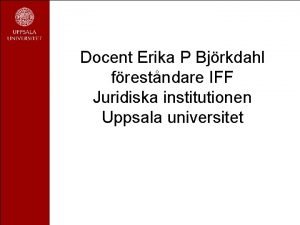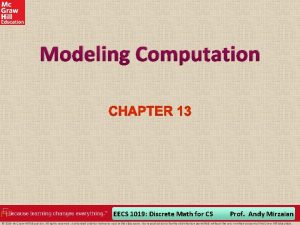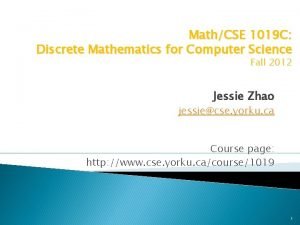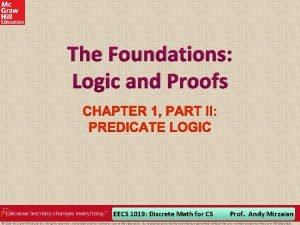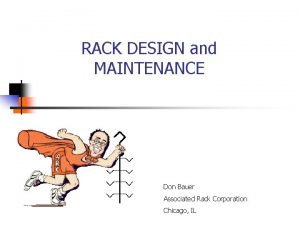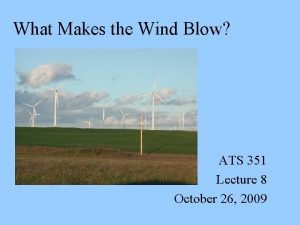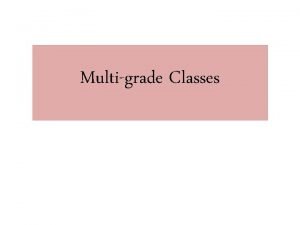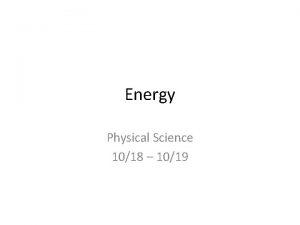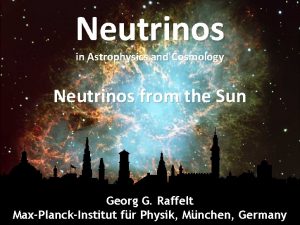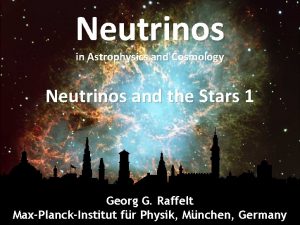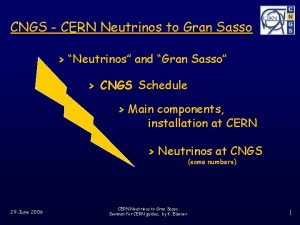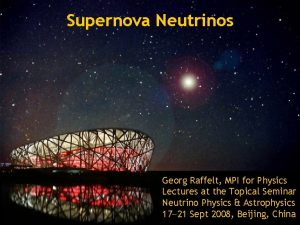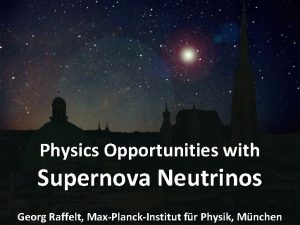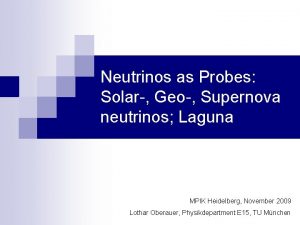1018 e V Neutrinos associated with UHECR 1019












- Slides: 12

1018 e. V Neutrinos associated with UHECR (>1019 e. V) sources Zhuo Li (黎卓) Peking University, Beijing Collaborators: Eli Waxman & Liming Song Li & Waxman, ar. Xiv: 0711. 4969

Why Ee. V neutrino • To directly identify CR sources • Neutrino – Pointing to the source – Avoiding absorption • 1018 e. V – Primary >1019 e. V

HE Neutrinos from CR accelerators • -production in accelerators: – acc. p’s; acc. e’s : synchrotron/IC photons • If all p energy converted to (in the source) • Waxman-Bahcall Bound for sources optically thin to p: Waxman & Bahcall 1999

UHECR source: acceleration

GRB HE n’s: pg interaction p+ → m + + n m _ (~10 -8 s) m +→ e + + n e + en e -6 s) =0. 05 p (~10 m • • 2 G 2 e e =0. 2 Ge. V D-resonance: g p eg~1 Me. V en~1014 e. V.

Spectral cutoff: EM cooling en 2 n(en) • For >10 Pe. V protons, the fraction of total energy loss f =0. 2 [Waxman & Bahcall 1997] 100 Te. V ~1 Pe. V • Suppressed by pi+/mu+ EM energy loss life , tcool 1/ Neutrino energy No UHE neutrinos, how to identify UHECR sources? [Kashiti & Waxman 2005; Rachen & Meszaros 1998]

Ee. V neutrinos: 0 -induced e n 2 n WB bound: f =1 f =0. 2 No cooling suppression; 3% WB bound Prompt ~10 sec 100 Te. V 1 Pe. V 1 Ee. V en

HE ’s from neutral 0 production • Processes 0 CMB EM cooling suppression no cooling suppression [Li & Waxman 2007 b]

• Q 1: suppressed by e+- production? CMB peak n +2 cross section -1, similar above threshold e+- thr. =1019 -20 e. V, / e=(3 -10)% +- thr. • Q 2: deflected by IGM field (hence delayed)? q [Li & Waxman 2007 b]

Q 3: HE ’s escape from source? • Attenuated by e+- production in source – low energy break – KN suppression of cross section dn/de [Li & Waxman 2007 b] • Strong synchrotron absorption below ke. V ~1 Me. V [Li & Waxman 2007 a] [Li & Song 2004] • Conclusion: >10 Pe. V photons don’t suffer attenuation

Ee. V neutrinos: a new channel e n 2 n WB bound 1 0. 2 20/km 2 yr 1 km 2 experiment 0. 03 100 Te. V 1 Pe. V n-g association (time/direction): directly identify sources 1 Ee. V en [Li & Waxman 2007 b]

• Coherence radio Cerenkov: • ANITA (balloon) • ARIANNA (array) – ~1/yr expected [Barwick 2007]
